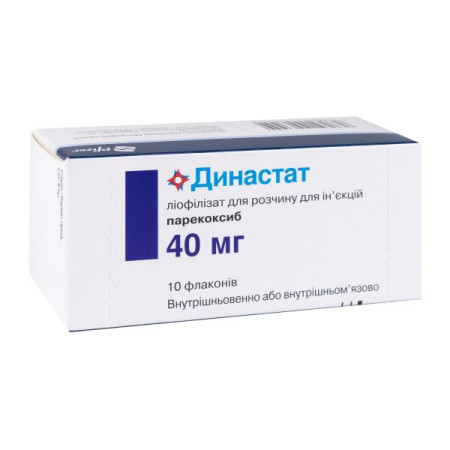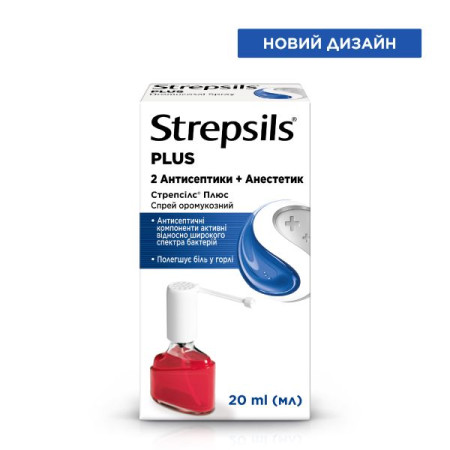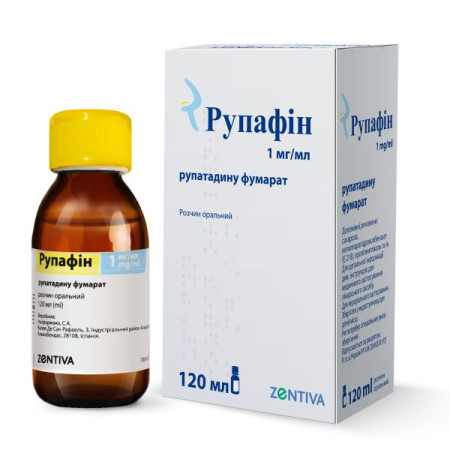Opatanol eye drops 1 mg/ml dropper bottle drop-tainer 5 ml

Pharmacological properties
Olopatadine is a potent selective antiallergic/antihistamine agent with multiple mechanisms of action. It inhibits the release of histamine (the main mediator of allergic reactions in humans) and prevents histamine-induced cytokine release by human conjunctival epithelial cells. In vitro studies have shown that olopatadine acts on human conjunctival smooth muscle cells, inhibiting the release of inflammatory mediators. It has been reported that topical ophthalmic administration of the drug to patients with open nasolacrimal ducts reduces the signs and symptoms that often accompany seasonal allergic conjunctivitis. The drug does not cause clinically significant changes in pupil diameter.
Preclinical data revealed no special hazard for humans based on conventional studies of safety, pharmacology, repeated dose toxicity, genotoxicity, carcinogenic potential, and toxicity to reproduction.
Olopatadine is absorbed systemically, like other topical drugs. However, systemic absorption of olopatadine after topical administration is low with plasma concentrations ranging from below the limit of quantification (0.5 ng/mL) to 1.3 ng/mL. This concentration is 50-200 times lower than that observed after oral administration of the drug at well-tolerated doses. Oral pharmacokinetic studies have shown that the elimination half-life of olopatadine is approximately 8-12 hours; the drug is excreted primarily by the kidneys. Approximately 60-70% of the dose is recovered in the urine as the active substance. Two metabolites, the mono-desmethyl and the N-oxide, are found in the urine at low concentrations.
Since olopatadine is excreted in the urine mainly as unchanged active substance, its pharmacokinetics are altered in renal impairment. The maximum plasma concentration in patients with severe renal insufficiency (mean creatinine clearance 13 ml/min) is 2-3 times higher than in healthy adult volunteers. When hemodialysis was performed in patients after oral administration of the drug at a dose of 10 mg, the plasma concentration of olopatadine was significantly lower on the day of hemodialysis than on the day when it was not performed, which indicates that olopatadine is hemodialyzable.
In comparative pharmacokinetic studies when using the drug orally at a dose of 10 mg in young (mean age - 21 years) and elderly patients (mean age - 74 years), no significant differences were found in the concentration in blood plasma, protein binding, urinary excretion of unchanged drug substance and metabolites.
Olopatadine has been studied orally in patients with severe renal impairment. The results suggest that olopatadine may increase plasma concentrations in this patient population. Since plasma concentrations after topical ophthalmic administration of olopatadine are 50-200 times lower than those after oral administration at well-tolerated doses, no dose adjustment is necessary in the elderly or in patients with renal impairment. Metabolism in the liver is not a major route of elimination. Therefore, no dose adjustment is necessary in patients with hepatic impairment.
Indication
Seasonal allergic conjunctivitis.
Application
1 drop of OPATANOL ® is instilled into the conjunctival sac of the affected eye(s) 2 times a day (at 8-hour intervals). If necessary, treatment may last up to 4 months.
There is no need for dose adjustment for elderly patients, as well as for patients with impaired liver or kidney function.
Can be used in pediatrics (children aged 3 years and over) in the same dose as in adults.
Contraindication
Hypersensitivity to olopatadine or other components of the drug.
Side effects
In clinical trials involving approximately 950 patients, OPATANOL® was used for 4 months as monotherapy (4 times a day in both eyes) or as adjunctive therapy to loratadine 10 mg.
Side effects were noted in 5% of patients, but only in 1.4% they were associated with the use of OPATANOL ®. During clinical trials, there were no reports of serious ophthalmological or systemic side effects associated with the use of the drug. The most common was a feeling of discomfort in the eyes (0.9%). During clinical trials, the following side effects were reported that were assessed as definitely, probably or possibly related to the use of OPATANOL ®. The occurrence of all side effects was rare (0.1-1%).
On the part of the organ of vision: discomfort, itching, hyperemia, discharge, keratitis, dry eyes, eyelid edema, foreign body sensation, photophobia.
Common side effects: asthenia.
From the nervous system: dizziness, headache.
Respiratory system: dry nose.
Other side effects identified in the post-marketing period of OPATANOL ® use were reported very rarely (0.01%). They were usually associated with the use of antiallergic / antihistamine drugs: blurred vision, dry mouth, rhinitis, erythema.
Special instructions
Cases of punctate keratopathy and/or toxic ulcerative keratopathy have been reported in association with the use of benzalkonium chloride as a preservative in ophthalmic medicinal products. Since OPATANOL contains benzalkonium chloride, patients with dry eye syndrome or corneal lesions who use the drug frequently or for a long time should be carefully monitored.
To prevent contamination of the dropper tip and solution, care should be taken not to touch the eyelids, surrounding areas, or other surfaces with the dropper tip.
Contact lenses. Patients should be informed that OPATANOL® should not be used while wearing contact lenses and that they should wait 10-15 minutes after instillation of the drug before inserting contact lenses.
Pregnancy and breast-feeding. Caution should be exercised when prescribing the drug to pregnant women due to the lack of clinical data on the use of the drug during pregnancy. Experimental studies have not revealed direct or indirect negative effects when used during pregnancy on the development of the embryo/fetus, childbirth and the newborn. OPATANOL ® is not recommended for use during breast-feeding. In experimental studies, olopatadine was found in the milk of rats after oral administration; it caused a slowdown in the growth of female offspring, which were administered systemic doses of olapatadine, significantly exceeding the maximum recommended doses when used subconjunctivally in humans. It is not known whether topical application can cause systemic absorption sufficient to produce significant amounts of the drug in breast milk.
Effects on the ability to drive or use machines. As with other eye drops, temporary blurred vision or other visual disturbances may affect these abilities. If blurred vision occurs during instillation, the patient should wait until the vision clears before engaging in the above activities.
Interactions
Studies investigating the interaction of OPATANOL® with other drugs have not been conducted.
In vitro studies have shown that olopatadine does not inhibit the metabolic reactions of cytochrome P450 isoenzymes 1A2, 2C8, 2C9, 2C19, 2D6, 2E1 and 3A4. These results indicate that olopatadine does not lead to metabolic interactions with other active substances when used concomitantly.
When using other ophthalmic agents, an interval of 5-10 minutes must be observed between their use.
Overdose
There are no data on overdose in case of accidental or intentional ingestion. In experimental studies, olopatadine showed a low level of acute toxicity. Accidental ingestion of the contents of the entire vial of OPATANOL ® will result in a maximum systemic exposure of 5 mg of olopatadine. This effect can be seen when using a dose of 0.5 mg/ml in a child weighing 10 kg in the case of 100% absorption.
An increase in the QT interval in dogs was observed only at doses significantly exceeding the maximum human dose, indicating a low probability of an increase in the QT interval in clinical use. In a study involving 102 healthy volunteers, young men and women, elderly people who received 5 mg of the drug 2 times a day orally for 2.5 days, a slight increase in the QT interval was observed compared to placebo. In this study, the established peak plasma concentrations of olopatadine (35-127 ng / mg) were at least 70 times higher than those with topical application of olopatadine in terms of its effect on cardiac repolarization.
In case of overdose, appropriate examination and treatment of the patient is necessary.
Storage conditions
Do not use for more than 4 weeks after first opening the bottle. Close the dropper bottle tightly after each use.
There are no reviews for this product.
There are no reviews for this product, be the first to leave your review.
No questions about this product, be the first and ask your question.













